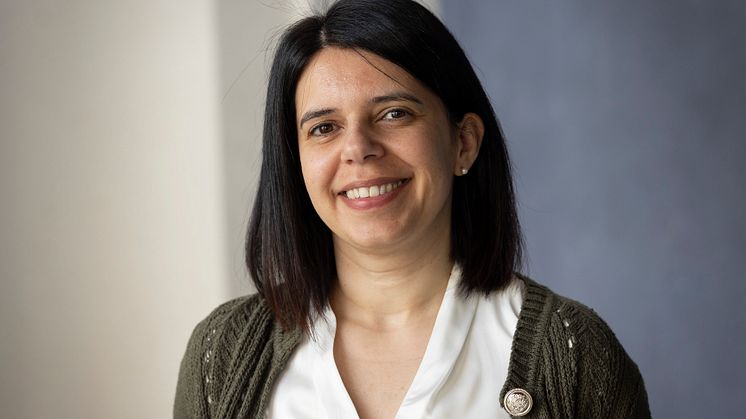
Press release -
Cultured mini-organs reveal the weapons of aggressive bacteria
Thanks to lab-grown miniature intestines, researchers at Uppsala University have successfully mapped how aggressive Shigella bacteria infect the human gut. The study opens the door to using cultured human mini-organs to investigate a wide range of other serious infections.
Understanding how human-specific bacteria make us sick is challenging, as laboratory animals rarely reflect human physiology. In a new study published in Nature Genetics, researchers show that it is now possible to use cultured mini-organs to map how bacteria colonise the human intestinal mucosa. The team focused specifically on Shigella, a bacterium that causes severe intestinal inflammation in humans and is responsible for over 200,000 deaths per year, particularly among young children.
“For the first time we have been able to map the genes Shigella needs to cause infection using a human model that mimics intestinal tissue. The study also demonstrates that cultured human mini-organs can now be used to investigate a variety of serious infections, particularly those for which the lack of laboratory animal models has previously limited research,” says researcher Maria Letizia Di Martino, one of the study’s lead authors.
Intestinal models derived from stem cells
Shigella bacteria are invasive pathogens that attack the body’s tissues using a variety of ‘weapons’ to invade into the intestinal mucosa and manipulate the body’s immune system functions. In the current study, the researchers focused on identifying the genes responsible for producing these weapons. To do this, they generated intestinal organoids – miniature intestinal models grown from human stem cells purified from surgical waste material. They then used a method that randomly knocks out bacterial genes and tested how these changes affected Shigella’s ability to infect the human intestinal model. This approach enabled the team to generate the first comprehensive map of the genes Shigella uses to invade human intestinal tissue. The strategy this bacterium uses to attack tissue also informs on how other dangerous bacteria – that share similar weaponry – can infect the lung and urinary tract, for example.
“Shigella has around 5,000 genes, but we found that only about 100 of them are necessary for the bacterium to colonise tissue and cause aggressive infection. This list is a goldmine for understanding the progression of infections and for developing new treatments that can ‘turn off’ the bacteria’s pathogenic behaviour,” says Professor Mikael Sellin, another of the study’s lead authors.
The study is a collaboration between Uppsala University, Uppsala University Hospital, the Helmholtz Institute for RNA-based Infection Research (HIRI) in Germany, Toronto University in Canada and Umeå University.
Contact
Dr Maria Letizia Di Martino, researcher at the Department of Medical Biochemistry and Microbiology, Uppsala University
Email: ml.dimartino@imbim.uu.se
Phone: +46 72 209 27 10
Professor Mikael Sellin, Department of Medical Biochemistry and Microbiology, Uppsala University and SciLifeLab Uppsala
Email: mikael.sellin@imbim.uu.se
Phone: +46 73 913 52 53
Article
Di Martino ML, Jenniches L, Bhetwal A, Eriksson J, Lopes ACC, Ntokaki A, Pasqua M, Sundbom M, Skogar M, Graf W, Webb DL, Hellström PM, Mateus A, Barquist L, Sellin ME (2025). A scalable gut epithelial organoid model reveals the genome-wide colonization landscape of a human-adapted pathogen. Nature Genetics. DOI: 10.1038/s41588-025-02218-x
Topics
Categories
Founded in 1477, Uppsala University is the oldest university in Sweden. With more than 50,000 students and 7,500 employees in Uppsala and Visby, we are a broad university with research in social sciences, humanities, technology, natural sciences, medicine and pharmacology. Our mission is to conduct education and research of the highest quality and relevance to society on a long-term basis. Uppsala University is regularly ranked among the world’s top universities. www.uu.se



